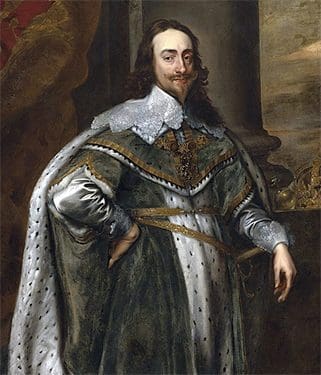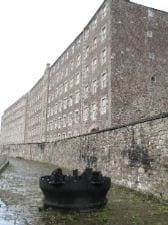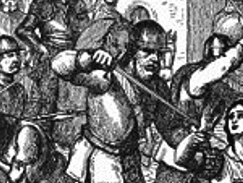
Reasons for the Peasants’ Revolt
This lesson uses the analogy of raising the political temperature, and then boiling over, to explain the Peasants’ Revolt. Pupils construct their own living graphs to build up their own temperature charts.
Why, if life was so harsh for medieval peasants did they wait until 1381 to revolt?
What really explains their actions?
Lesson objectives
- pupils grasp the idea of causes building up over a period of time
- they can judge the effect of successive events on the mood of the peasants
- they can identify key turning points and the moment when discontent boiled over into revolt
- they creatively think of other possible causation analogies
Step 1
Pupils are asked to recall from last lesson (see outstanding lesson) the key factors that spurred John Cole to revolt. They are then given an envelope containing a series of event cards on long strips of paper. You’ll








